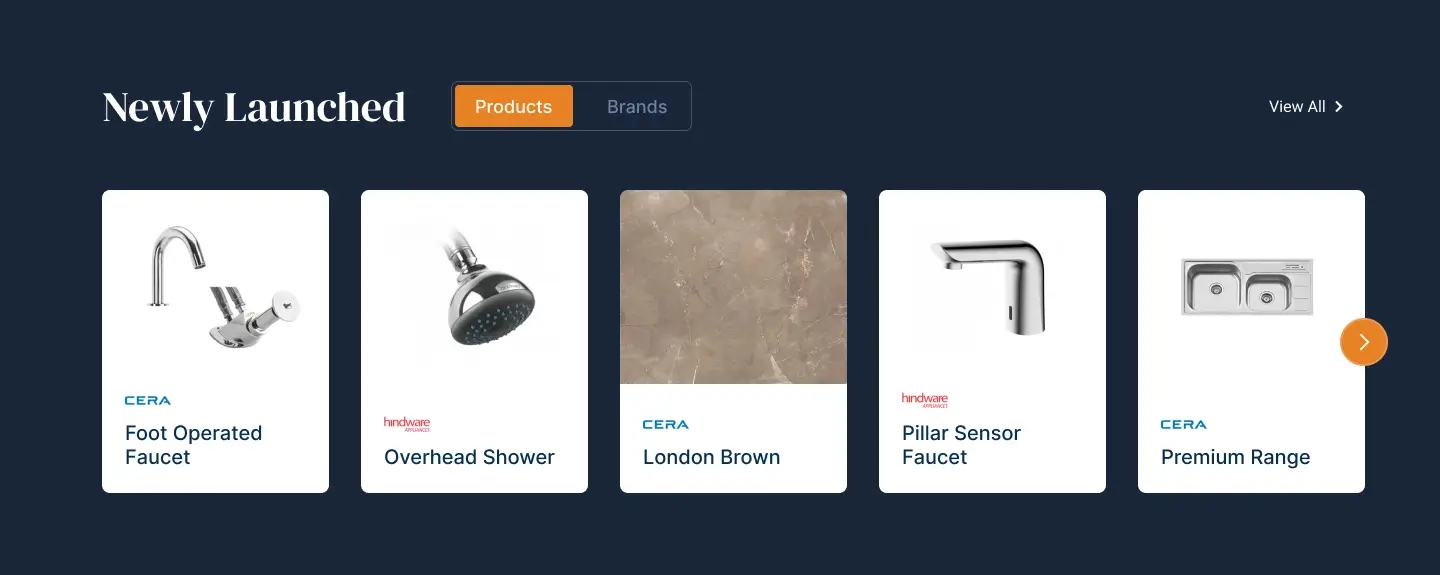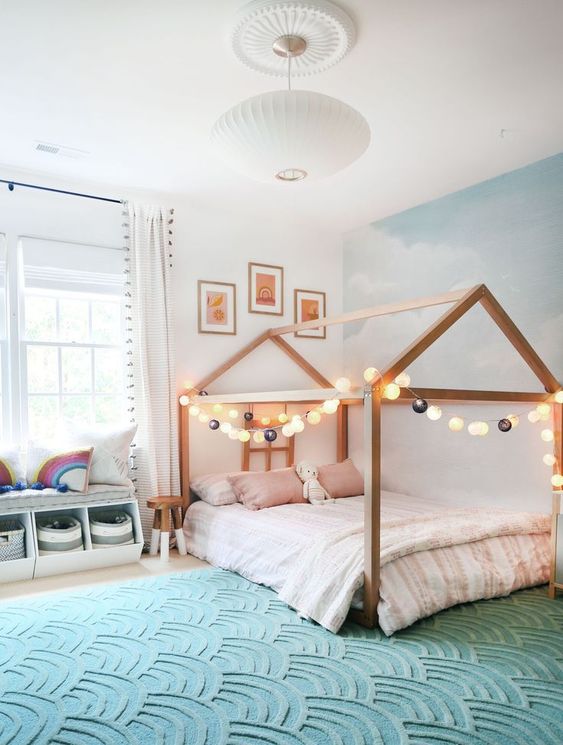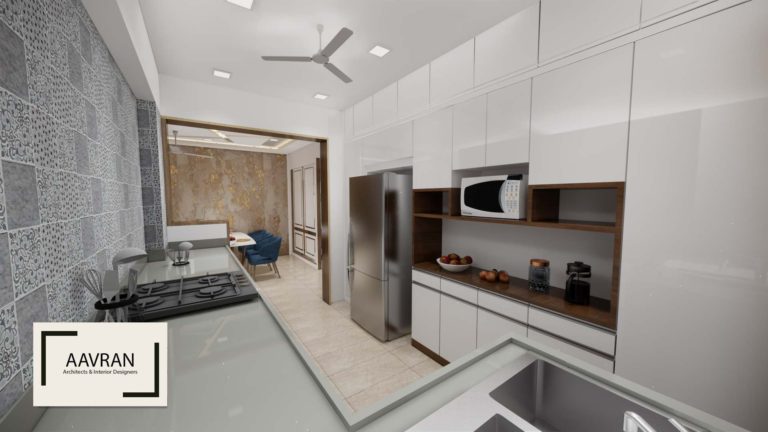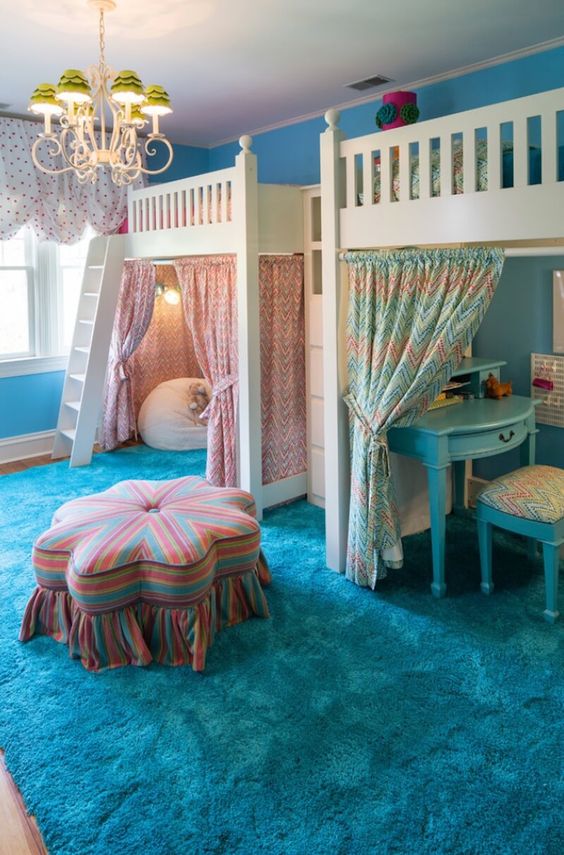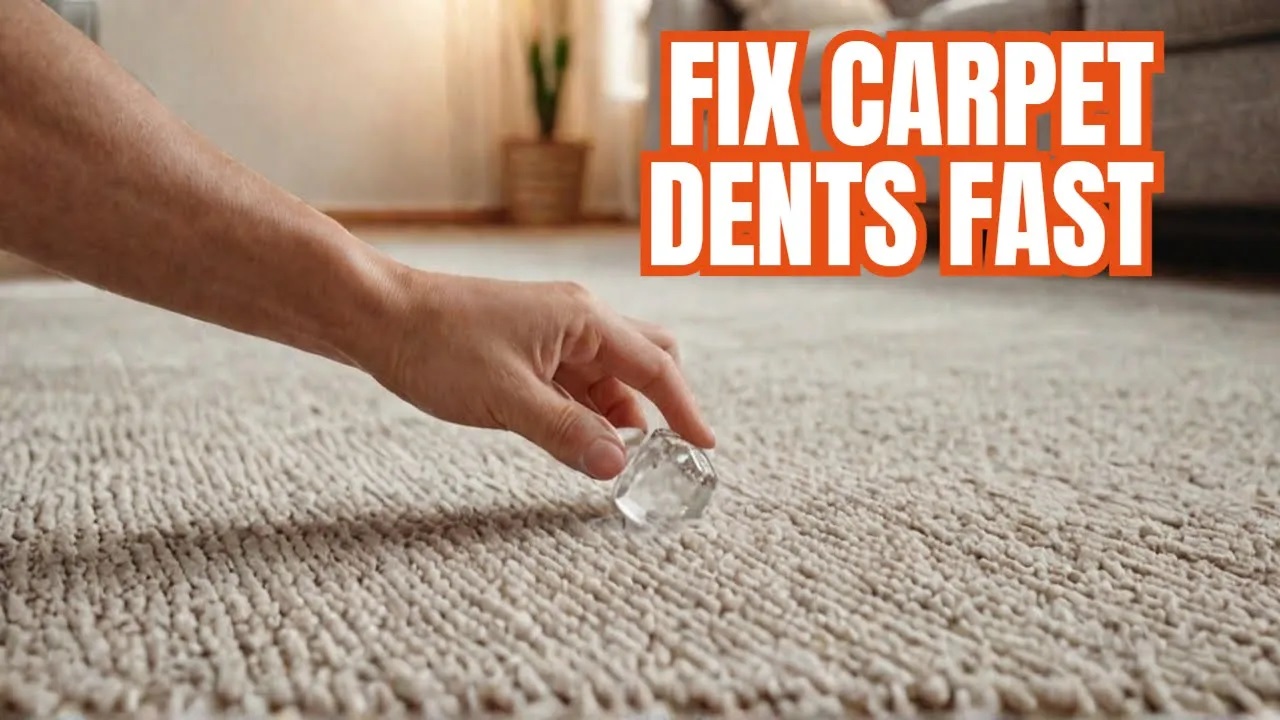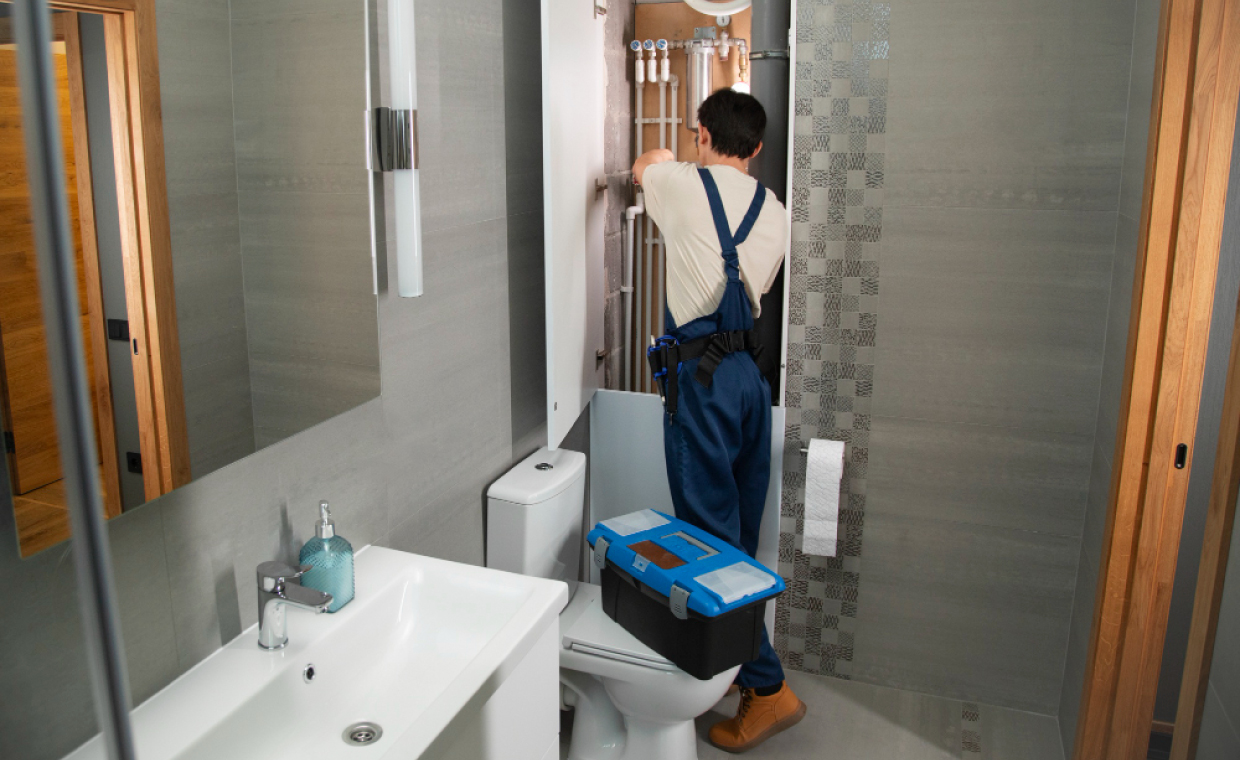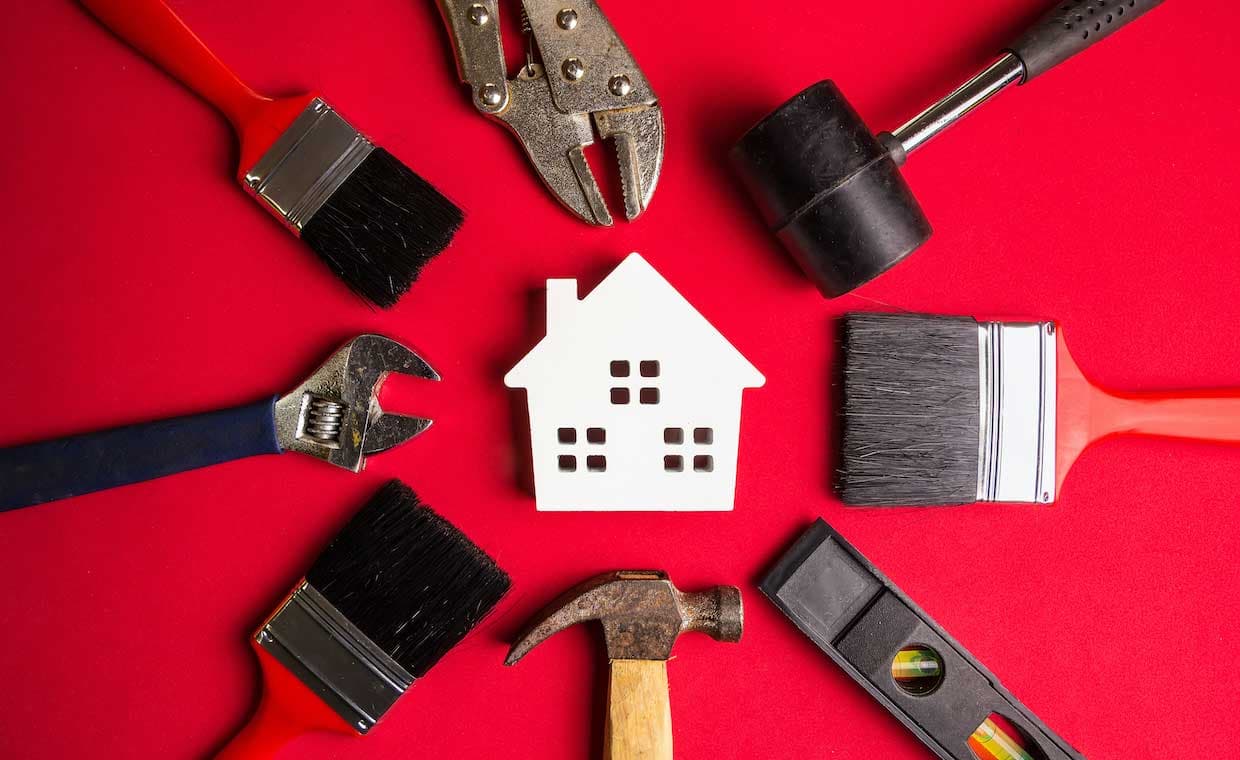
Table of Contents
DIY home fixes can be wide ranging. From leaky faucets to flickering lights, it’s never been easier to find a DIY fix online. With thousands of tutorials just a click away, many homeowners feel empowered to tackle repairs themselves—and save money while doing it. But what looks simple in a five-minute video often turns into something far more complicated in real life. Common DIY mistakes may cause serious problems in your home.
In fact, industry research indicates that nearly half of all DIY home projects require professional assistance within a year. What starts as a quick fix can cover up deeper issues that grow more costly over time. Before grabbing the toolbox, it’s worth asking: is this a temporary patch, or a solution that will last? Is it really worth to fixing home issues yourself? Sometimes, calling in a pro early on can save both time and serious headaches later.
1. Temporary Pipe Fixes That Lead to Major Leaks
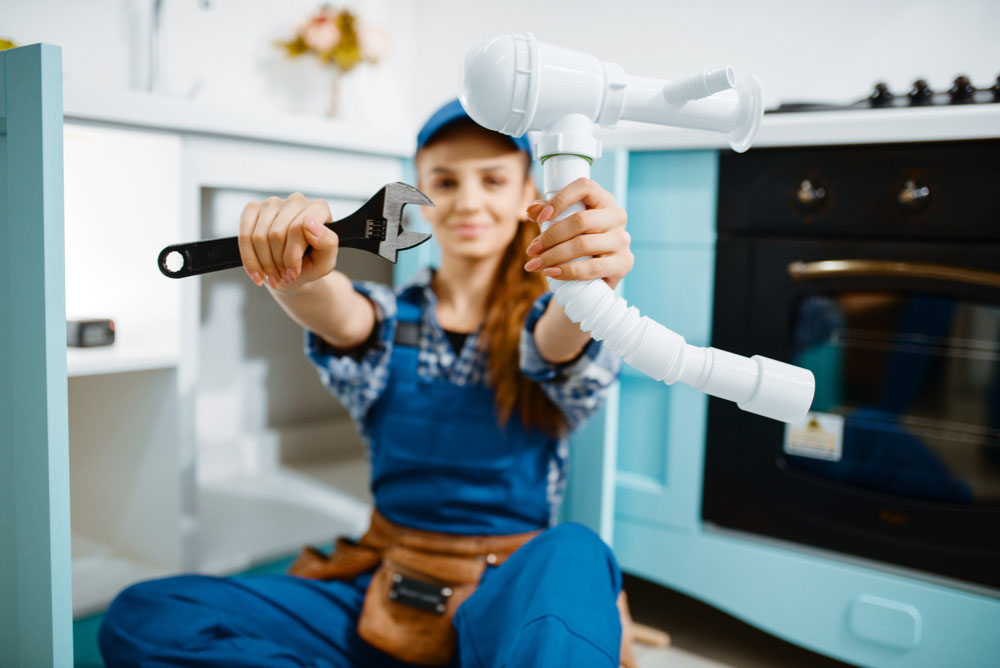
In DIY Home Fixes, People often deal with plumbing problems by using duct tape or temporary sealants, which might bring short-term relief. However, quick fixes like those usually come with hidden problems. In areas where temperatures fluctuate, the adhesive may weaken, leading to the patch failing. What appears to be a minor repair, it can be the signal of concealing more serious plumbing issues, eventually resulting in major leaks and costly repairs.
Spotting these risks early can lead to smarter decisions when handling plumbing troubles. Many Las Vegas homeowners have learned that reaching out to professional plumbers in Las Vegas at the first sign of a leak helps prevent minor issues from turning into major repairs. Professional plumbers bring the tools and experience necessary to address the root cause, providing more reliable results than makeshift solutions. It is one of the most common DIY mistakes.
2. Electrical Work Near Water That Creates Big Dangers
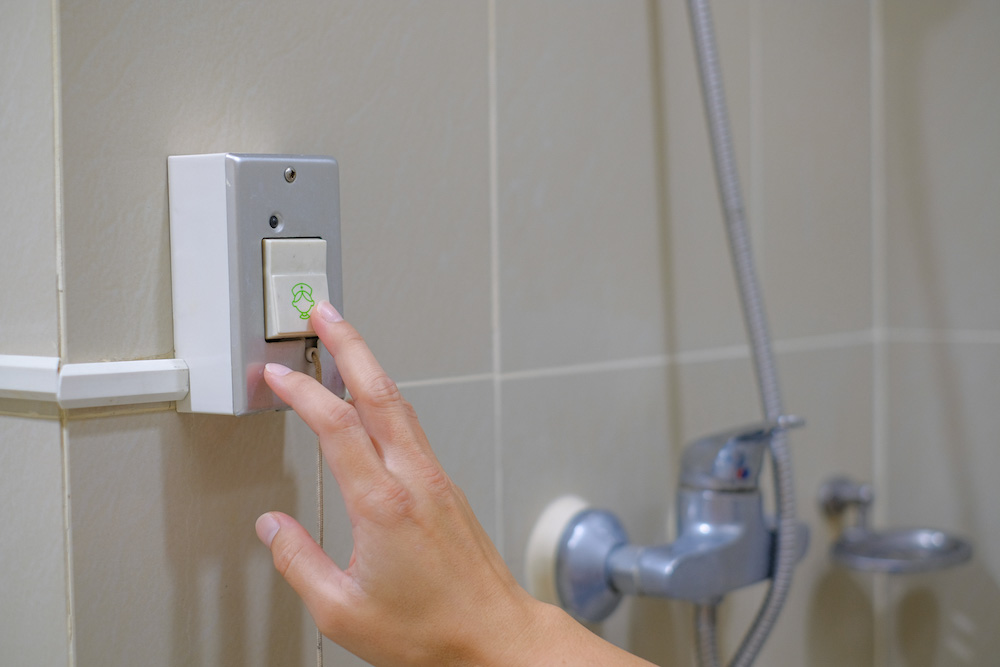
Working with electricity in damp areas like bathrooms or kitchens is often risky and it may inflict serious risks of electrical hazard. Adding an outlet or moving a switch may seem harmless, but minor errors can lead to an electric shock or fire. Many home fires start with mistakes in wiring or placement, and most of the are included in DIY Home Fixes category.
Without proper training, it’s easy to overlook codes or miss warning signs. Licensed electricians know how to plan safely, identify problems early, and comply with local regulations. A brief consultation can often prevent costly damage and protect everyone living in the home. Electrical projects deserve more than guesswork—lives can depend on doing it right the first time. DIY electrical risks may cost you a lot, which is difficult to bear in many situations.
3. Roof and Gutter Fixes That Send Water Indoors
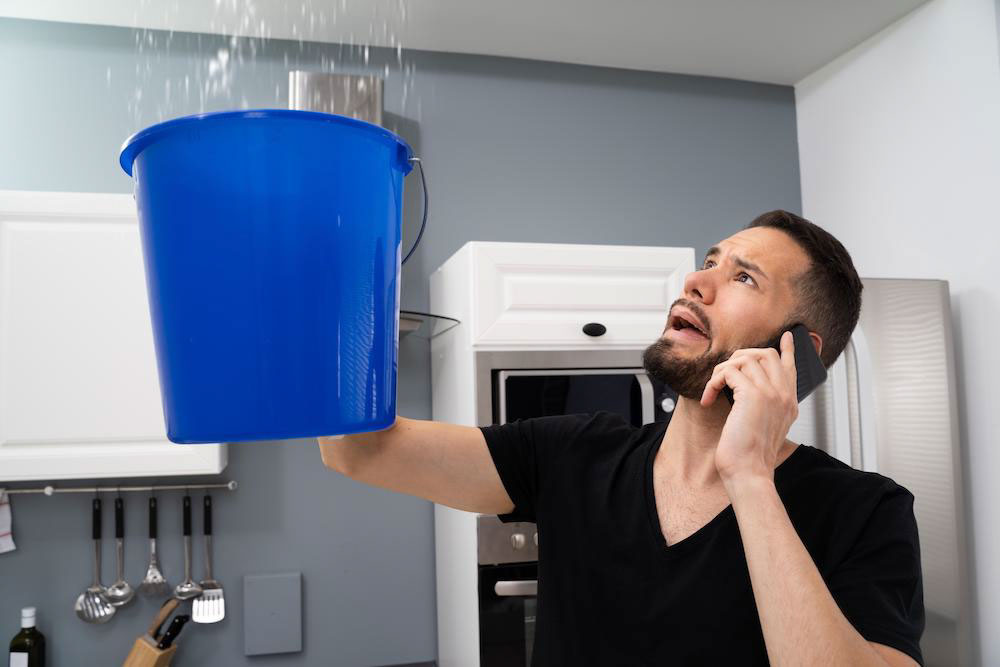
Roof and gutter repairs may seem simple. But if you undertake them without proper knowledge can lead to problems. For example, if gutters aren’t installed correctly, they might direct water toward the house instead of away from it. That mistake is a kind of home repair fails, which can lead to moisture buildup and indoor leaks. Homeowners might not even notice the damage right away.
Thinking through DIY home fixes and repairs before starting can help prevent worse problems later. It is safe to hire a professional to review the work first. It ensures that everything is done correctly. Regular gutter check-ups are also a good idea to avoid unexpected issues.
4. Flooring Projects That Damage Plumbing
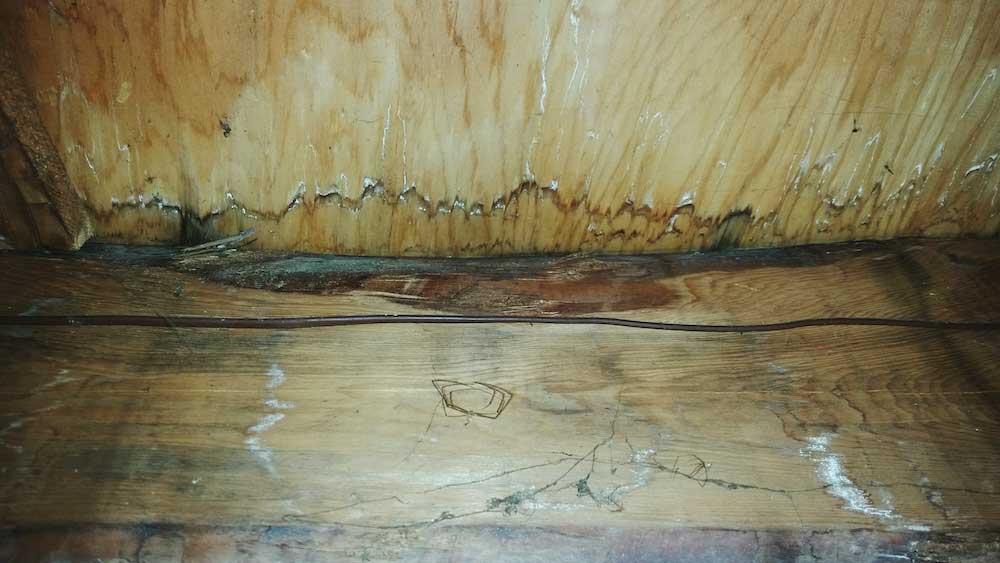
Replacing flooring is one of the costly home repair errors. The task may seem straightforward, but minor errors can create big problems. One common issue is uneven subfloors, which can throw off plumbing connections. The results aren’t always noticeable right away—leaks and water damage can appear long after the flooring is complete. What was meant to be an upgrade can turn into a costly repair.
It’s important to understand how the flooring works might affect other parts of the home. Hiring a pro to inspect the space and install the flooring can help avoid mistakes. The subfloor level is crucial. It is in fact the base to form a solid, safe installation, so it’s better not to try DIY home fixes remedies here.
5. Cosmetic Changes That Cancel Warranties
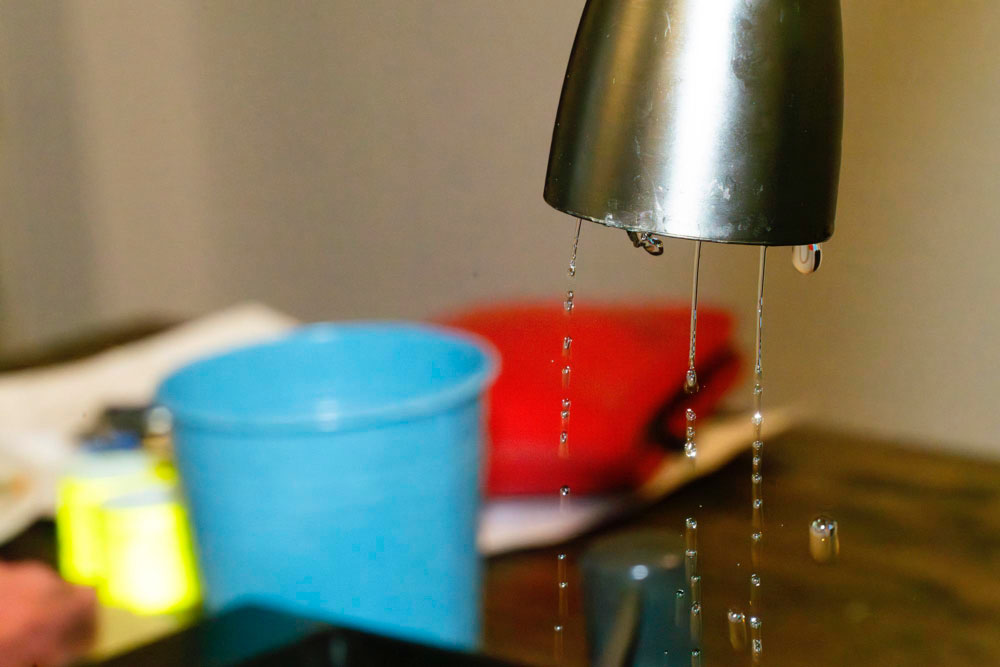
Even minor upgrades to your space can carry hidden risks. Swapping fixtures or appliances may refresh the look, but it could void warranties or mask underlying problems. A new faucet that doesn’t fit well might leak, leading to costly damage. The minor leakage may look like a harmless issue but slowly it can escalate and over time can quietly weaken safety features or weaken protections you didn’t know were in place.
Before making cosmetic upgrades, it’s wise to understand how they impact the existing systems. Always read the fine print on warranties. Besides you should consult an expert; It can help you make more informed decisions. Checking product guidelines before updating anything keeps things simple and helps protect your investment.
Final Thoughts
DIY home fixes are quick fixes, and they seem to be convenient, but they often lead to long-term problems that are more difficult and expensive to repair. A bit of tape or an improvised outlet can create hidden damage, safety risks, or voided warranties. Thinking through the impact of each project helps avoid surprise costs and complications.
You should take the time to review product instructions, understand local building codes, and hire professionals when the scope is unclear. After that give a thought about if fixing home issues yourself is really a good idea! A checklist of risks and dependencies can offer a valuable perspective before starting. Investing a little more thought up front often leads to fewer regrets and a safer, more reliable outcome for your home.
Also Read: How to Stay Safe During DIY Home Renovation: Top 6 Tips



